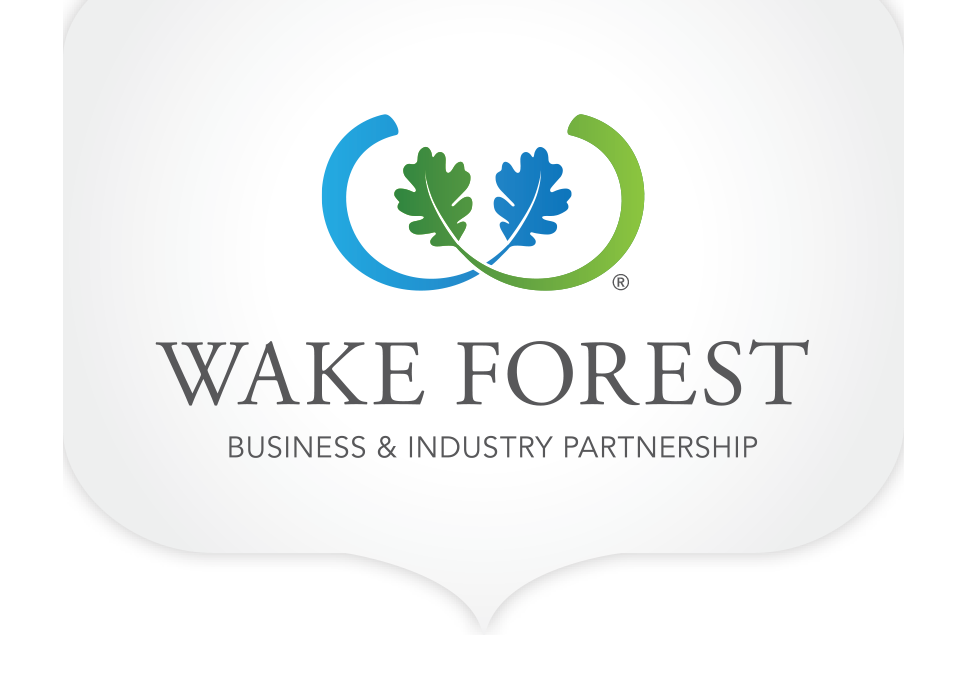Access to quality healthcare is a significantly increasing factor people consider when seeking a place to live. The same holds true for companies when they select a community for relocation or expansion. Thus, proximity to primary and specialty medical providers can be as important for a community’s economic development prospects as access to industry-grade utilities and workforce capabilities.
That’s why, as construction hums around WakeMed Health and Hospital’s new $56 million medical office facility near Grove 98, Wake Forest is set to welcome yet another substantial economic development asset.
“In the past, healthcare access was something on the periphery of economic development discussions,” recalls Jason Cannon, President of the Wake Forest Business & Industry Partnership (WFBIP). However, demographic patterns and shifting priorities among workers has placed the issue onto the agendas of business recruiters during the last decade. “Then COVID came along and moved the needle on everything – especially quality of life issues as a factor in site selection decisions,” Cannon says.
Surveys of corporate real estate executives highlight the current trend. Area Development, a New York-based publication covering business real estate, publishes annual surveys regarding the top search factors influencing expansion and relocation decisions. In its 2022 survey, published at the end of last year, “quality of life” jumped to #2 from a #11 tie the previous year. Only “labor costs” ranked higher in the survey. “Quality of life priorities can often differ,” Cannon admits. “But it is a conversation that now occurs on the front end of a project rather than the back end.”
The Town of Wake Forest is already in a strong position when it comes to access to quality medical providers and care. UNC Rex Healthcare, DukeHealth, and WakeMed all have existing facilities in or near the community. The addition of WakeMed’s new 85,000-sq.-ft. building site near Wegman’s will make the case even clearer for arriving residents and businesses. The three-story building will be located at the well-traveled intersection of Siena Drive and NC Highway 98 Bypass.
“WakeMed is very focused on bringing care to the community,” says Tom Cavender, PE, Vice President of Facilities and Construction for WakeMed, which was founded in 1961. “We have a history of providing de-centralized care to suburban markets. That’s a testament to our nimbleness.”
WakeMed closed on its acquisition of the 14+acre property in late 2019. It broke ground on the facility last November. Cavender says the organization is excited about its investments in Wake Forest due to its status as one of the region’s fastest-growing communities. The building will employ newly hired personnel, making it a job attraction for new residents into the town. Systemwide, the organization employs more than 8,000 workers, making it one of the Triangle’s largest private employers.
In terms of the specific property, WakeMed’s choice can be summed up in a single word: location. “I think it was a function of patient access,” Cavender says. Proximity to US Highway 1 was key. “It has great access for patients. We think it’s a great piece of property and it puts us on the forefront for access.”
WakeMed’s location criteria meshes neatly with specialty guidance from the healthcare industry’s leading real estate experts. “When setting priorities for a facility site, location is typically one of the most important factors to consider,” according to Health Care Facilities magazine. “Many projects are borne out of an organization’s strategic need to expand its services and presence into a geographic area — a town or neighborhood where their existing or potential patients live and work. Those accessibility considerations include such factors as proximity to a highway interchange, position in or near a busy retail district, proximity to a desirable residential community, and quantity and convenience of parking.”
WakeMed’s medical office building will include first-floor space for primary care, outpatient labs and treatment space for orthopedics, physical therapy, OB-GYN services, and heart and vascular physicians will also be provided. The facility is large enough to accommodate WakeMed’s future anticipated growth. The third floor will remain vacant for now, Cavender says. He expects the building to be complete by late summer 2024, with a multi-phase occupancy schedule that should have the building open for patients by early November 2024.
This facility is one of four construction projects the organization is now undertaking. New buildings are being constructed in Morrisville and Wendell, and a office complex identical to its Wake Forest facility is now being developed in Fuquay-Varina off US Highway 401, says Cavender. Working with Charlotte-based Little Diversified Architecture’s Durham branch office, WakeMed has customized a facility layout that maximizes patient convenience. “This is all part of our lean planning process,” he explains. “That’ll be our template moving forward.”
Brasfield & Gorrie, the Birmingham, Ala.-based construction company with offices in Raleigh, is working with WakeMed as a general contractor on the project. When all four of WakeMed’s new facilities are complete, the organization will have nearly 4 million square feet under its roof, Cavender says.







